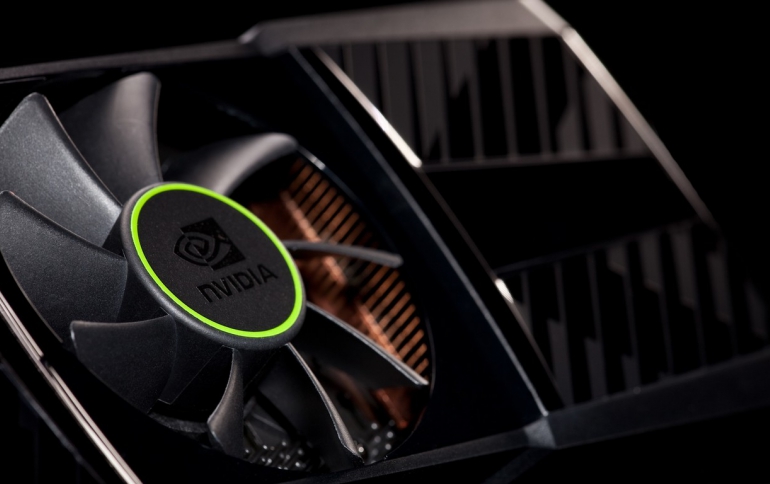
NVIDIA GRID 2.0 Launches
NVIDIA today launched NVIDIA GRID 2.0, the company's Virtual Desktop Infrastructure (VDI) GPU technology that delivers graphics-intensive applications to any connected device virtually. Nearly a dozen Fortune 500 companies are completing trials of the NVIDIA GRID 2.0 beta. Server vendors, including Cisco, Dell, HP and Lenovo, have qualified the GRID solution to run on 125 server models, including new blade servers. NVIDIA has worked with Citrix and VMware to bring a rich graphics experience to end-users on the virtualization platforms.
NVIDIA GRID 2.0 delivers performance, efficiency and flexibility improvements for virtualized graphics in enterprise workflows. Employees can work from almost anywhere without delays. IT departments can equip workers with instant access to powerful applications, improving resource allocation. And data can be stored more securely by residing in a central server rather than individual systems.
The ability to virtualize enterprise workflows from the data center has not been possible until now due to low performance, poor user experience and limited server and application support. NVIDIA GRID 2.0 integrates the GPU into the data center and clears away these barriers by offering:
Doubled user density: NVIDIA GRID 2.0 doubles user density over the previous version, introduced last year, allowing up to 128 users per server.
Doubled application performance: Using the latest version of NVIDIA's Maxwell GPU architecture, NVIDIA GRID 2.0 delivers twice the application performance as before -- exceeding the performance of many native clients.
Blade server support: Enterprises can now run GRID-enabled virtual desktops on blade servers -- not simply rack servers -- from blade server providers.
Linux support: No longer limited to the Windows operating system, NVIDIA GRID 2.0 now enables enterprises in industries that depend on Linux applications and workflows to take advantage of graphics-accelerated virtualization.
NVIDIA GRID 2.0 is available worldwide starting Sept.15, 2015.
Furthermore, launching alongside GRID 2.0 are new Maxwell based Tesla cards. In a departure from the GRID K series, both of the new Tesla M60 and Tesla M6 cards are based on the same GPU, NVIDIA’s GM204. The difference between the two cards is now the number of GPUs on a card and the overall form factor.
The larger of the two cards, Tesla M60, is a dual-GM204 solution featuring two fully enabled GM204 GPUs and 16GB of GDDR5 (8GB per GPU). The M60 is a full size, dual slot card and is rated for between 225W and 300W depending on the performance and cooling configuration. NVIDIA has rated the M60 for up to 32 concurrent vGPU users, or 16 users per GM204 GPU.
The Tesla M6 is coming in an MXM form factor. This card packs a single, partially enabled GM204 GPU with 12 of 16 SMXes (1536 CUDA cores) enabled, paired with 8GB of GDDR5. With only a single GPU it’s essentially rated for half as much work as M60, topping out at 16 users. However in turn it only draws 75W to 100W of power depending on configuration, and more importantly the MXM form factor makes the card suitable for installation in high-density blade servers, something that could not be done with the PCIe cards. Otherwise the card’s specifications are very similar to NVIDIA’s consumer GeForce GTX 980M.
Nvidia has also rated these cards by the number of 1080p30 H.264 streams they can encode, presumably for the video encoder market. The Tesla M60 is rated for 36 streams and the Tesla M6 for 18 streams.





















